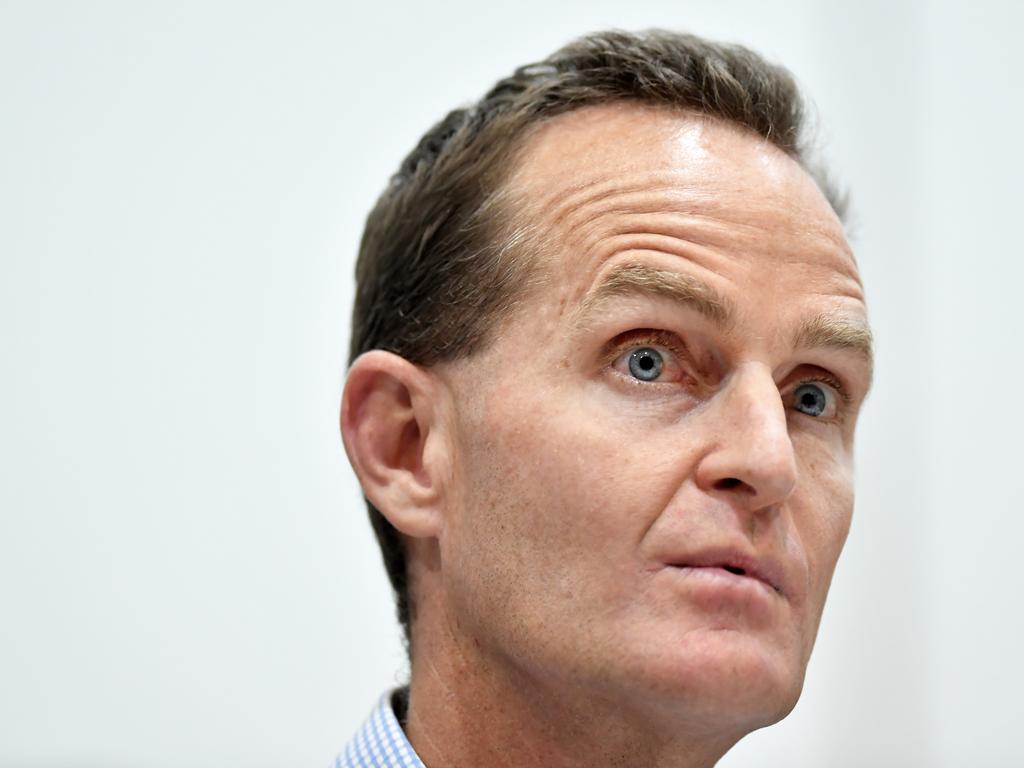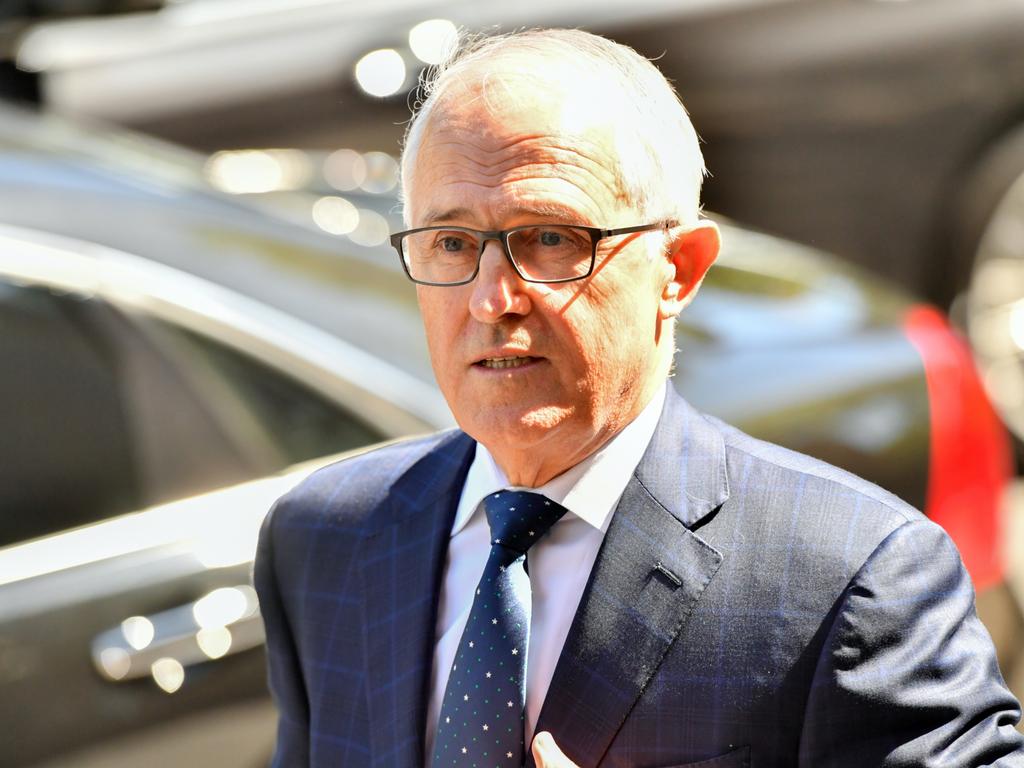Fire victims burnt by $100k rebuild rules
Regulations adding more than $100,000 to the cost of constructing an average house in bushfire-prone areas have left many fire victims unable to rebuild.

Harsh building regulations adding more than $100,000 to the cost of constructing an average house in bushfire-prone areas around Australia have left many Black Summer bushfire victims unable to rebuild their homes, or their lives.
Thousands of other homeowners who live close to the bush will not be able to renovate or upgrade their homes to the standard required under new building codes for bushfire-prone areas, the Australian Institute of Architects has warned.
“There is too little evidence that the significant extra cost has actually made a huge difference when saving houses,” said AIA spokesman Nigel Bell, a practising architect who works in Sydney’s Blue Mountains.
In NSW, homeowners have to bring their whole house up to the new standards if they’re adding more than 50 per cent to the building area, often putting better bushfire protection — or simply a renovation — out of reach.
“The result could be that homeowners are forced to demolish and rebuild an only marginally safer home,” Mr Bell said, “or worse, give up and sell the property to a new and unsuspecting buyer.”
More than two million Australians now live in high or extreme bushfire-risk areas.
Insurance company AAMI estimates a typical home in a “flame zone” bushfire area will cost anywhere between $65,000 and $277,000 extra to cover higher constructions standards, more expensive materials and requirements like steel window shutters, reinforced glass and non-combustible decks.
Even homeowners in lower risk areas can expect to pay $70,000 or more to rebuild due to the stricter building standards and Bushfire Attack Levels (BALs) introduced after the Black Saturday fires of 2009.
The regulations also mean higher design costs, consultants to certify BAL ratings and additional council fees. Approval delays can stretch into years, as councils and other regulators attempt to minimise their liability for future losses.
But most people who lost their homes in last summer’s bushfires were already chronically underinsured and many cannot afford to rebuild. Although more than $1.9bn has already been paid out in claims, the Insurance Council of Australia estimates that up to 80 per cent of bushfire-affected homeowners were underinsured for their building cover.
But a safe, simple and cost-effective answer may be sitting at the end of a tap.
Bushfire experts say external sprinkler systems, which drench the house in water spray, can be easily and cheaply fitted to most existing homes and can be activated remotely.
The effectiveness of sprinkler systems was demonstrated earlier this year when a firefront hit the NSW south coast village of Nerrigundah. The village was almost entirely destroyed and one resident died, but 12 people who huddled in the local fire shed — protected by a sprinkler system — survived. “It’s the single most cost effective thing that can be done, compared to trying to re-clad, re-line or re-roof a whole house,” Mr Bell said.
Installing sprinkler systems should count towards a building’s bushfire rating, thus “bringing many nonconforming buildings in line at a fraction of the cost and difficulties” involved in upgrading to the recently revised AS3959 standards.
Current regulations state that water spray systems are only suitable up to the very low Bushfire Attack Level 19. The AIA is pushing to allow them for much higher BAL levels. A sprinkler system for an average house costs between $10,000 and $20,000.
Alan Green, from the Sustainable Building Research Centre at the University of Wollongong, is a world authority on the use of sprinklers systems to protect buildings from bushfires.
“They appear to be very effective, particularly in mitigating radiant heat and in extinguishing embers,” he said.








To join the conversation, please log in. Don't have an account? Register
Join the conversation, you are commenting as Logout